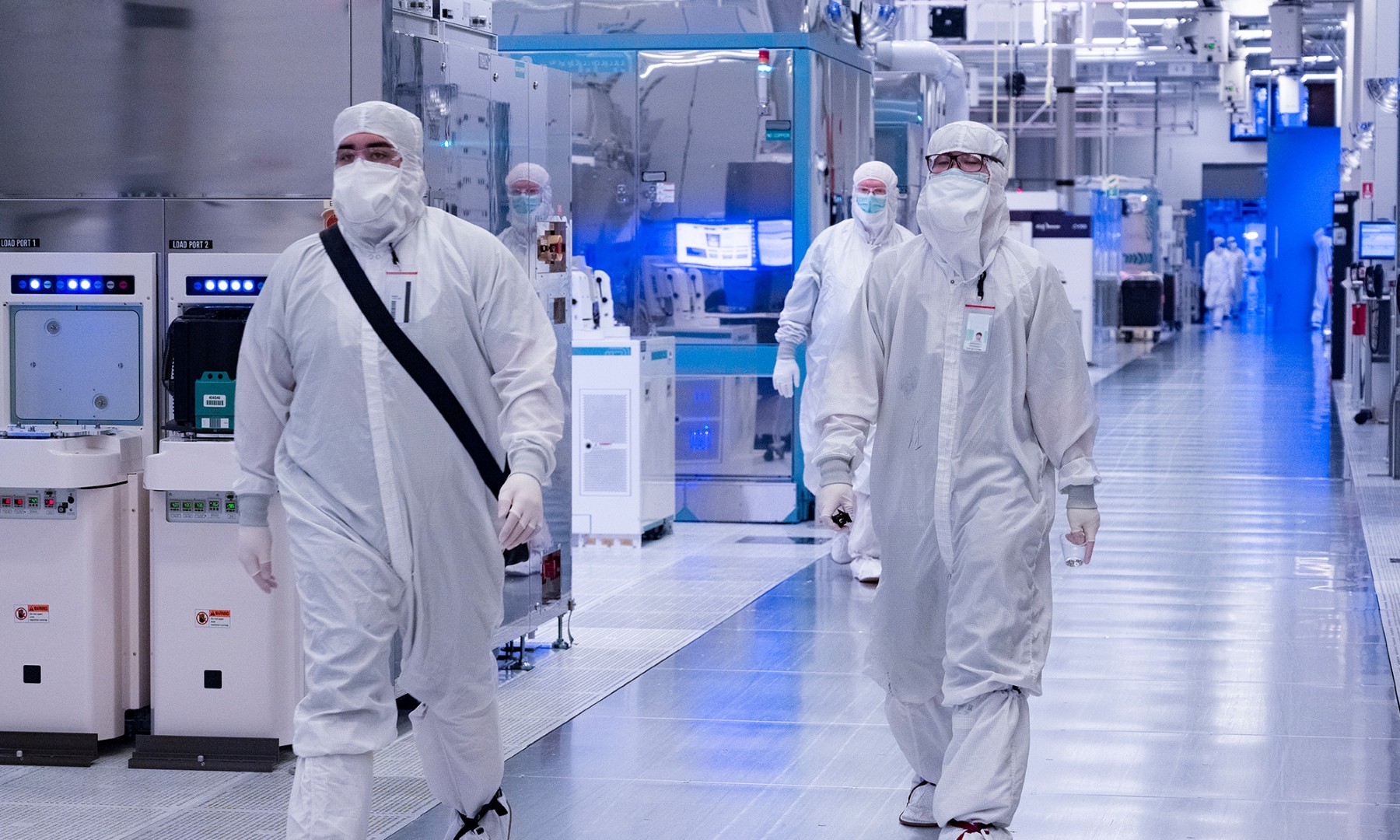Chip giant Intel (INTC 3.53%) recently reported its fourth quarter results and issued guidance for both the first quarter of 2016 as well as for the full year 2016. The fourth quarter results were better than expected, although the company's first quarter guidance came in a bit light.
However, for long-term investors, the performance in a quarter or two is hardly enough to base an investment decision. That's why I like to tune into the company's quarterly earnings calls to get a better sense of the health and long-term trajectory of the business.
Here are three items from Intel's most recent earnings call that stood out as particularly interesting.
Data Center slowdown
The main growth engine for Intel's business is its Data Center Group, which provides chips into cloud servers, storage, and networking infrastructure. The company's long-term growth target for this segment is 15% per year over the next several years at least.
The company was able to exceed this target in 2014 (after missing it in 2012 and 2013), but again missed it during 2015, registering growth of just 11% year-over-year. The growth rate in the fourth quarter was particularly underwhelming at just 5% year-over-year.
"When you compare Q4 [of 2014] to Q4 [of 2015], you are looking at a comparative where Q4'14 was one of our strongest quarters," Intel CEO Brian Krzanich explained on the call. "So that quarter was a little bit unique so the quarter-to-quarter comparative is a bit tough."
The executive went on to explain that the Enterprise server market -- which was the main culprit behind the full-year growth target miss -- "stabilized from the first half [of 2015]." Krzanich attributed the slowdown in the fourth quarter weakness to the cloud service providers performing relatively limited infrastructure upgrades during the holiday season.
Looking ahead to 2016, Krzanich is still confident, however, that the company can deliver on its previously stated "mid-teens" percentage growth target in 2016.
"We are looking at the long view and we are very confident that, yes, we will continue into this double-digit growth in the Data Center," Krzanich asserted.
A "cautious stance"
On the call, an analyst pressed management for some additional color on the "weakness" that the company is currently seeing, particularly in its client business.
According to Smith, Intel saw lower unit shipments in its Client Computing Group during the fourth quarter than it had originally expected, noting that "sell-through" of products to end customers was "less than [Intel] thought."
Smith notes that Intel was able to "make up" for this unit shortfall by shipping a richer-than-expected mix of products during the fourth quarter.
The executive also pointed out that its teams in China (Intel's largest PC market, per Smith) have "gotten fairly cautious" about the macroeconomic environment there, leading to caution with respect to growth rates.
"We are expecting this is the environment as we work our way through 2016, against the backdrop of [a] somewhat weak macroeconomic environment we kind of expect the year to play out kind of normally from here."
An update on Altera
Intel recently purchased FPGA maker Altera for a whopping $16.7 billion, with the deal closing in late December of 2015. During the call, one analyst asked management to provide an update on Intel and Altera's product plans now that the deal is official.
Krzanich noted that Intel will begin sampling co-packaged Xeon CPU-plus-Altera FPGA processors to "select customers" during the first quarter of 2016. Sampling is expected to continue throughout 2016 with mass production of such parts beginning at some point in 2017.
Krzanich said that Intel is "still working on [its] roadmap" beyond slapping two distinct dies onto the same package whereby it would integrate Altera's FPGAs into the same piece of silicon as its Xeon processors. Krzanich wasn't willing/able to give a timeframe for when investors should expect such products, however.






